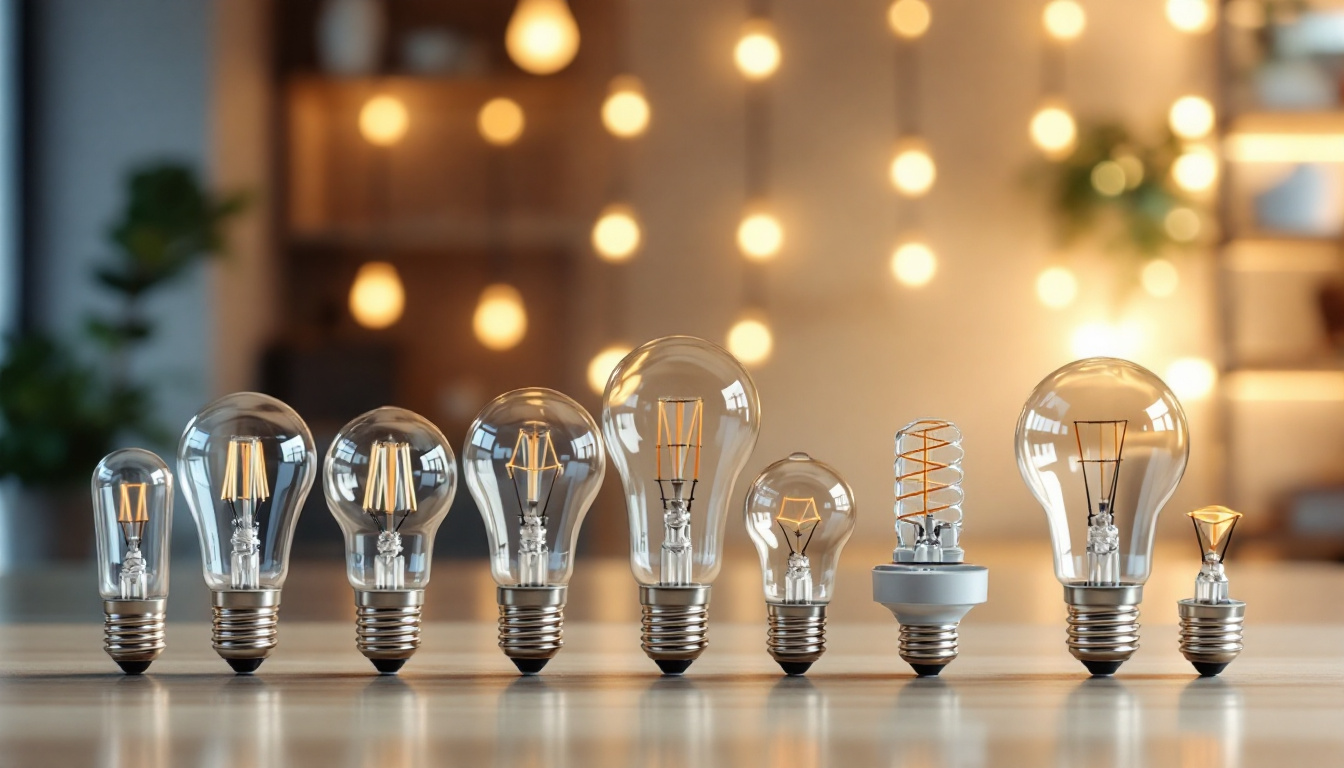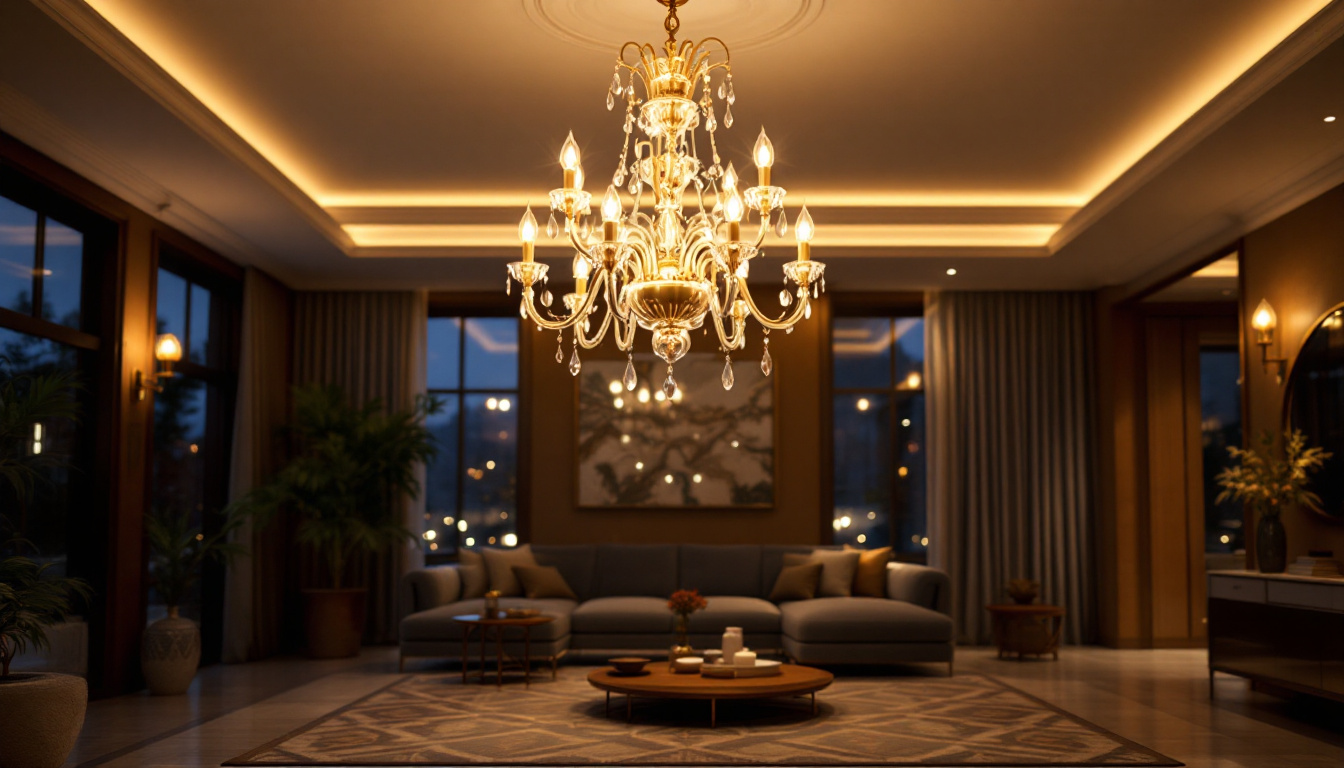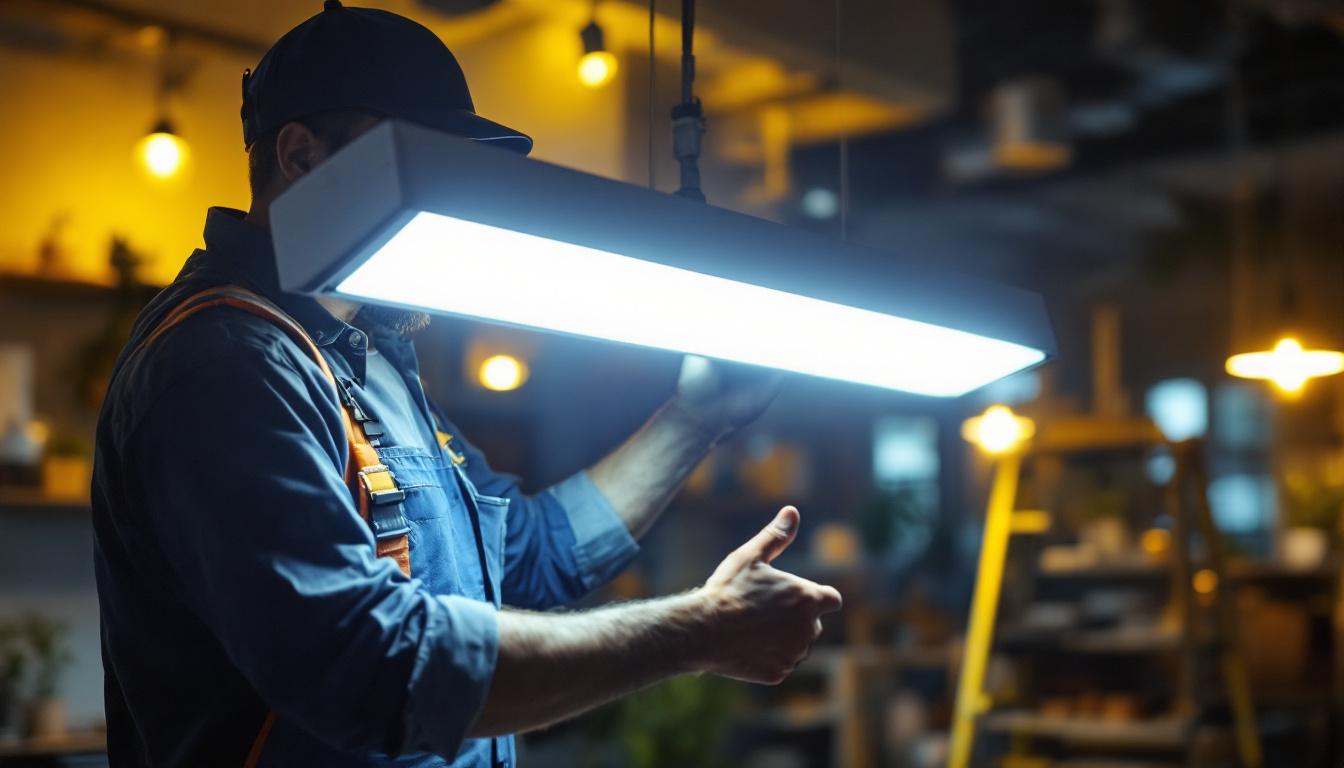
light bulb bases may seem like a minor detail in the grand scheme of lighting design, yet they play a crucial role in the functionality and versatility of modern lighting solutions. Understanding the various types of bulb bases is essential for lighting contractors who aim to deliver efficient and effective lighting installations. This article delves into the significance of light bulb bases, their types, and their impact on contemporary lighting systems.
The base of a light bulb is not merely a connector; it serves as the foundation for the entire lighting experience. It determines compatibility with fixtures, influences the electrical connection, and can even affect the aesthetic of a space. For lighting contractors, selecting the appropriate bulb base is critical to ensuring that the lighting solution meets both functional and design requirements.
One of the primary roles of a light bulb base is to ensure compatibility with various fixtures. Different types of bases are designed for specific applications, from residential to commercial settings. For instance, a standard E26 base is common in household lighting, while a GU10 base is often used in track lighting and recessed fixtures.
Understanding the compatibility of bulb bases with fixtures allows contractors to recommend the best lighting solutions for their clients. This knowledge not only enhances the performance of the lighting but also ensures safety and longevity. Additionally, the choice of base can influence the overall design aesthetic of a room. For example, a vintage-style Edison bulb with an E27 base can add a warm, nostalgic touch to a modern space, while sleek LED bulbs with a GU5.3 base can contribute to a more contemporary look.
The electrical connection provided by the bulb base is crucial for the safe operation of lighting systems. A well-designed base ensures that the bulb receives the correct voltage and current, minimizing the risk of electrical failures or hazards. For example, the B22 base, commonly used in the UK and other countries, features a bayonet fitting that securely locks the bulb in place, reducing the chances of accidental disconnection.
Contractors must be vigilant in selecting bases that meet local electrical codes and standards. This attention to detail not only protects the integrity of the lighting installation but also safeguards the occupants of the space. Furthermore, the choice of base can impact energy efficiency; for instance, using LED bulbs with compatible bases can significantly reduce energy consumption compared to traditional incandescent bulbs. This not only benefits the environment but also leads to lower electricity bills for homeowners and businesses alike.
Light bulb bases come in various shapes and sizes, each designed for specific applications. Familiarity with these types is essential for contractors aiming to provide tailored lighting solutions. Here are some of the most common types of light bulb bases:
The Edison screw base is perhaps the most recognizable type of bulb base. It comes in various sizes, with the E26 and E27 being the most prevalent in North America and Europe, respectively. These bases are characterized by their threaded design, allowing for easy installation and removal.
Contractors often prefer Edison screw bases due to their widespread availability and compatibility with a range of fixtures. They are suitable for incandescent, LED, and CFL bulbs, making them a versatile choice for different lighting applications. Additionally, the design of the Edison screw base has remained largely unchanged since its inception, contributing to its enduring popularity. This consistency allows homeowners and businesses alike to easily replace bulbs without needing to modify existing fixtures, thereby saving time and reducing costs.
Bayonet bases, such as the B22, feature a push-and-twist mechanism that secures the bulb in place. This design is particularly popular in the UK and other Commonwealth countries. The bayonet fitting provides a secure connection, making it less likely for the bulb to become loose over time.
For contractors, the bayonet base offers a reliable option for various lighting scenarios, from residential to commercial installations. Its secure fit can be particularly advantageous in high-traffic areas where bulb stability is paramount. Furthermore, bayonet bases are often favored for their quick installation process, which can be a significant advantage during large-scale projects where efficiency is crucial. The ability to swiftly replace bulbs without the need for additional tools can also enhance the overall maintenance experience for clients.
Pin bases, including GU10 and G4 bases, are commonly used in specialized lighting applications. GU10 bases are often found in track lighting and recessed fixtures, while G4 bases are typically used in low-voltage applications such as landscape lighting.
These bases require specific fixtures designed to accommodate their unique connection methods. Contractors must be knowledgeable about the types of pin bases available to ensure that they select the right bulbs for their projects. The precision required in installing pin bases can also lead to a more aesthetically pleasing result, as they often allow for sleeker designs in lighting fixtures. Additionally, pin bases can support a variety of bulb types, including halogen and LED options, which can help contractors offer energy-efficient solutions to their clients while maintaining the desired brightness and color temperature for different environments.
As technology continues to evolve, so too does the design of light bulb bases. Innovations in this area have led to improved functionality and efficiency, enhancing the overall lighting experience for users. Understanding these advancements can help contractors stay ahead in the competitive lighting market.
With the rise of smart home technology, smart bulb bases have emerged as a game-changer in the lighting industry. These bases allow for wireless connectivity, enabling users to control their lighting through smartphones or voice-activated devices. Smart bulbs often come with various base types, including E26 and GU10, ensuring compatibility with existing fixtures.
For lighting contractors, incorporating smart bulb bases into installations can provide added value to clients. Offering solutions that integrate seamlessly with smart home systems can differentiate contractors in a crowded market. Moreover, the ability to schedule lighting, adjust brightness, and even change colors remotely can significantly enhance the user experience, making it more personalized and convenient.
Furthermore, the integration of smart bulb bases with home automation systems can lead to innovative features such as motion sensing and adaptive lighting, which adjusts based on the time of day or occupancy. This not only enhances security but also contributes to energy savings, as lights can automatically turn off when a room is unoccupied.
The push for energy efficiency has also influenced light bulb base design. Many modern bases are engineered to accommodate LED bulbs, which consume significantly less energy than traditional incandescent options. This shift not only reduces energy costs for consumers but also contributes to environmental sustainability.
Contractors can play a pivotal role in promoting energy-efficient lighting solutions by recommending compatible bases for LED bulbs. This commitment to sustainability can enhance a contractor’s reputation and attract environmentally conscious clients. Additionally, as energy regulations become stricter, contractors who are knowledgeable about the latest base designs and their compatibility with energy-efficient bulbs will be better positioned to guide their clients through the selection process.
Moreover, the development of bases that support dimmable LED options allows for greater flexibility in lighting design, enabling users to create the perfect ambiance for any occasion. The combination of energy efficiency and versatile design not only meets consumer demands but also aligns with global efforts to reduce carbon footprints, making it a win-win for both contractors and their clients.
When selecting a light bulb base for a project, several factors must be considered to ensure optimal performance and satisfaction. Understanding the specific needs of the space and the preferences of the client is essential in making the right choice.
The first step in choosing the right bulb base is assessing the compatibility with existing fixtures. Contractors should take note of the type of base currently in use and determine whether it meets the requirements of the new lighting solution. This assessment can help avoid potential issues during installation and ensure a seamless transition to the new lighting system.
Additionally, it is essential to consider the purpose of the space. For instance, a commercial setting may require more robust and durable bases to withstand frequent use, while a residential space may prioritize aesthetic appeal.
client preferences play a significant role in the selection of light bulb bases. Understanding the desired ambiance and style of the space can guide contractors in recommending the most suitable options. For example, a vintage-style fixture may pair well with an Edison screw base, while a modern design might be better suited for a sleek GU10 base.
Contractors should engage in open discussions with clients to gauge their preferences and provide tailored recommendations that align with their vision. This collaborative approach can lead to higher client satisfaction and repeat business.
Light bulb bases are a fundamental aspect of modern lighting solutions, influencing compatibility, safety, and overall performance. For lighting contractors, understanding the various types of bases and their applications is crucial for delivering effective and aesthetically pleasing lighting installations.
As technology continues to advance, staying informed about innovations in bulb base design can provide contractors with a competitive edge. By prioritizing energy efficiency, smart technology integration, and client preferences, lighting professionals can create tailored solutions that meet the diverse needs of their clients.
In a world where lighting plays a pivotal role in enhancing spaces, the significance of light bulb bases cannot be overstated. They are not just connectors; they are the foundation of modern lighting solutions that illuminate our lives.
Ready to enhance your lighting installations with the right bases and the best products? Look no further than LumenWholesale for all your lighting needs. We provide contractors with high-quality, specification-grade lighting products at unbeatable wholesale prices. Our extensive selection is designed to meet the highest industry standards, ensuring you get reliable, high-performance lighting for every project. Plus, with free shipping on bulk orders, you can enjoy premium lighting solutions at the best value — without hidden fees or compromises. Elevate your lighting projects by choosing LumenWholesale, where quality, affordability, and convenience come together seamlessly. Wholesale Lighting at the Best Value is just a click away.

Discover the crucial role of ceiling-hung lights in modern lighting design and why they’re essential for contractors.

Discover the essential checklist for lighting contractors working with flexible LED lights.

Discover the allure of the best chandeliers that elevate any lighting project from ordinary to extraordinary.

Discover the ins and outs of 8-foot LED lights with our comprehensive guide tailored for lighting contractors.